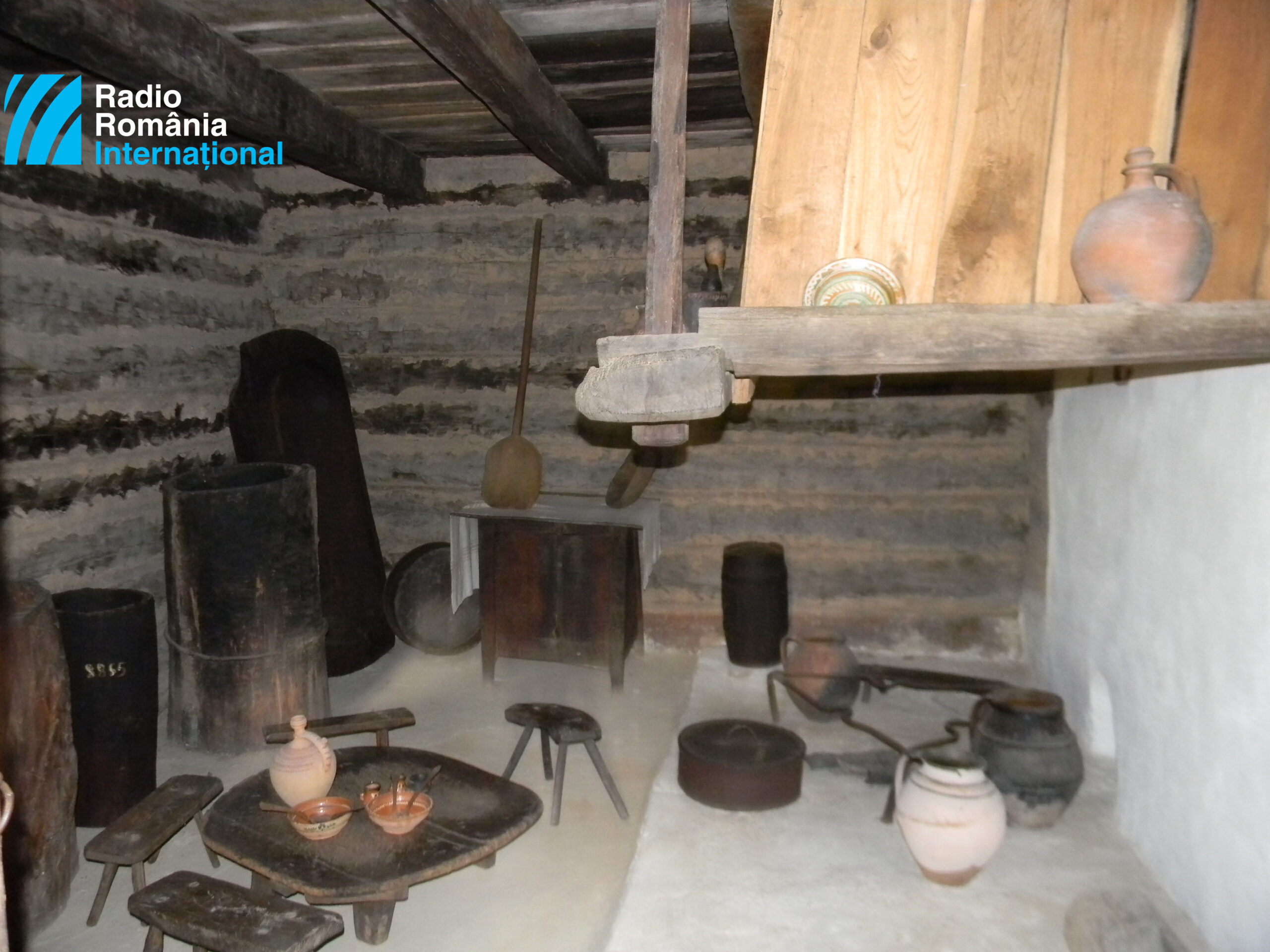Romania’s exotic fruits
Cultivations of exotic fruits in southern Romania

Ana-Maria Cononovici, 10.11.2020, 02:00
Rich
in vitamins, above the usual standard of the local fruits, resistant to
variations in temperature and suitable for ecological cultivation since they
have no pests, the exotic fruits have been gaining ground on Romanian
territory.
I found out the story of several such sorts
from Florin Stanica, a teacher of pomiculture with the Horticulture Faculty as
part of the University of Agronomical Sciences and Veterinary Medicine in
Bucharest. The story begins in 1992, when a university team went to the University
of Perugia in Italy, via a Tempus program, where they studied the kiwi,
noticing its has development conditions which are similar to the peach tree.
And that is how the idea occurred to pilot the cultivation in Ostrov, on the
banks of the river Danube, where conditions are perfect for the peach tree, but
also for vine growing.
Florin
Stanica:
Easier said than done. In 1993, in spring, we had a cultivation, with the
support of Ostrov IAS, of two kiwi hectares. Concurrently, from Italy, we
brought more than hybrids of Actinidia Arguta, which is the Kiwi berry or baby
kiwi, a species of kiwi which is much more resistant to freezing than the peach
tree, so it can be cultivated even in the areas of the plumtree cultivation.
Since 1993, practically, with the Faculty of Horticulture in Bucharest, among
other activities, we have carried a survey on the possibility of
acclimatization of the kiwi species. Because there are three species we are interested
in, food-wise, the kiwi with trichome, familiar to everybody on the market,
kiwi with yellow pulp and the kiwi which is frost-resistant. All along we have
succeeded to see how to multiply the kiwi plants, to see what the cultivation
technologies are and, through selection works, we succeeded to certify two
Romanian sorts, the result of the Romanian-Italian cooperation, which were
registered with the EU under the name of Vip Green and Vip Red, two sorts of
frost-resistant kiwi, with green and red fruits..
We found
out that for almost 10 years now, selection works have been conducted as
regards the hybrids between the kiwi with yellow pulp and the kiwi with green
pulp, with four very interesting selections existing already, with big fruit,
with special tasty qualities, with a great preservation capacity, likely to be
homologated in the near future. Professor Florin Stanica once again.
Kiwi can be cultivated in Romania. There is a rather limited area
suitable for the cultivation of big-fruit kiwi, I ‘m speaking about the areas
favoring the cultivation of the peach tree, the southern and the western part
of the county, but we also have quite generous possibilities for the
cultivation of the resistant species, that is the baby kiwi or kiwi berry,
which can be cultivated in almost all Romanian orchard areas. It takes a little
bit of courage on the part of the cultivators.
« Simina »
is another species recommended by professor Florin Stanica, for which
homologation is in progress. It can be cultivated with no problem, there where
winter temperature readings do not exceed 25 degrees below zero, with no
special treatment needed.
As I was in Italy, of course I found out about another cultivation, known
as Asimina Triloba. In the year 2000 I also brought to Romania the first sorts
of northern banana or pawpaw, a plant originating from the eastern side of
North America, so it s frost-resistant, it can resist to temperature readings
of minus 25 degrees which yields some
extraordinary fruit, of about the size of a mango, it just that they have brown
seeds on the inside, double-filed. The pulp of the fruit is creamy, it can be
served with the teaspoon, it has the taste of vanilla cream when the fruit is
ripe, it has a specific scent and a specific flavor when the fruit has been
freshly plucked. After that, the taste evolves to caramel cream if it is kept
in the fridge for about ten days. And after three weeks, the taste evolves to
coffee cream. So here we have a special fruit. No phytosanitary treatment is needed in this case, the plant is very resistant and very beautiful,
decoratively, it has big leaves, the flowers are beautiful.
We
found out these fruits have a very high percentage of minerals. In terms of potassium
percentage, the fruit I second only to the Guava fruit. In fact, on Romanian
territory, the species was brought to Pianu Nou, Alba County, in 1926, by the
family of Suciu Ioan, Transylvanian
migrants who returned from Ohio. Another special species Florin Stanica
mentioned was the jujuba or the Dobrogea date tree.
It can be found in Dobrogea, in Ostrov, nearby the former fortress of
Durostorum, lying in Silistra in Bulgaria, but we also found plant species of
Dobrogea date in Jurilovca, nearby the fortress of Argamum or in Mahmudia, near
the fortress of Salsovia. These plant species are always found nearby former
Roman or Greek settlements. But we know they were rough to Europe some time
during emperor Octavianus Augustus’s reign. The plants on our territory yield
smaller fruit, the size of a grape, with no special taste qualities.
About
them, we found out they have a special ecological adaptability, being resistant
to temperature readings ranging from 40 degrees below zero to 40 degrees
Celsius, they prefer areas in southern Romania being very resistant to drought.






























